

red dresses along a roadside
NORTH AND CENTRAL AMERICA
SINGLES
KAMLOOPS RESIDENTIAL SCHOOL
AMBER BRACKEN
FOR
THE NEW YORK TIMES
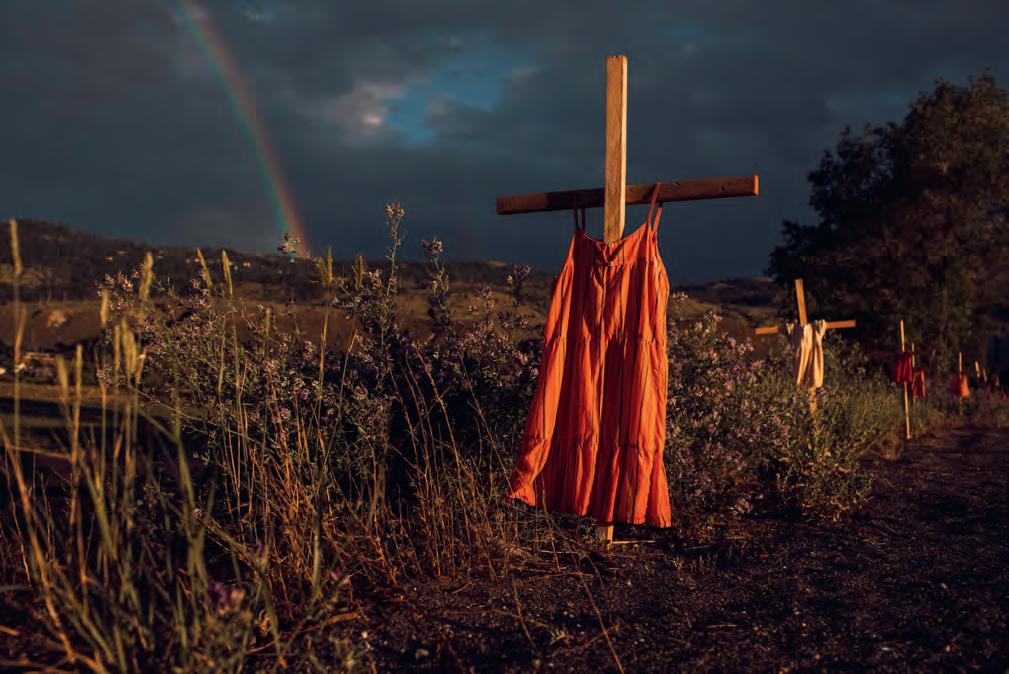
Residential schools began operating in the 19th century as part of a policy of forcibly assimilating people from various Indigenous communities into the Western culture of the European colonists and missionaries. Upwards of 150,000 students were taken away from their homes and parents, often forbidden to communicate in their own languages, and subject to physical and sometimes sexual abuse. A Truth and Reconciliation Commission concluded that at least 4,100 students died while at the schools. The Kamloops school became the largest in the system. In May 2021, a survey using groundpenetrating radar identified as many as 215 potential juvenile burial sites at Kamloops – confirming reports from oral histories.
Red dresses hung on crosses along a roadside commemorate children who died at the Kamloops Indian Residential School, an institution created to assimilate Indigenous children, following the detection of as many as 215 unmarked graves, Kamloops, British Columbia, Canada, 19 June 2021.

in close proximity
NORTH AND CENTRAL AMERICA STORIES
THE PEOPLE WHO FEED THE UNITED STATES ISMAIL FERDOUS AGENCE VU’
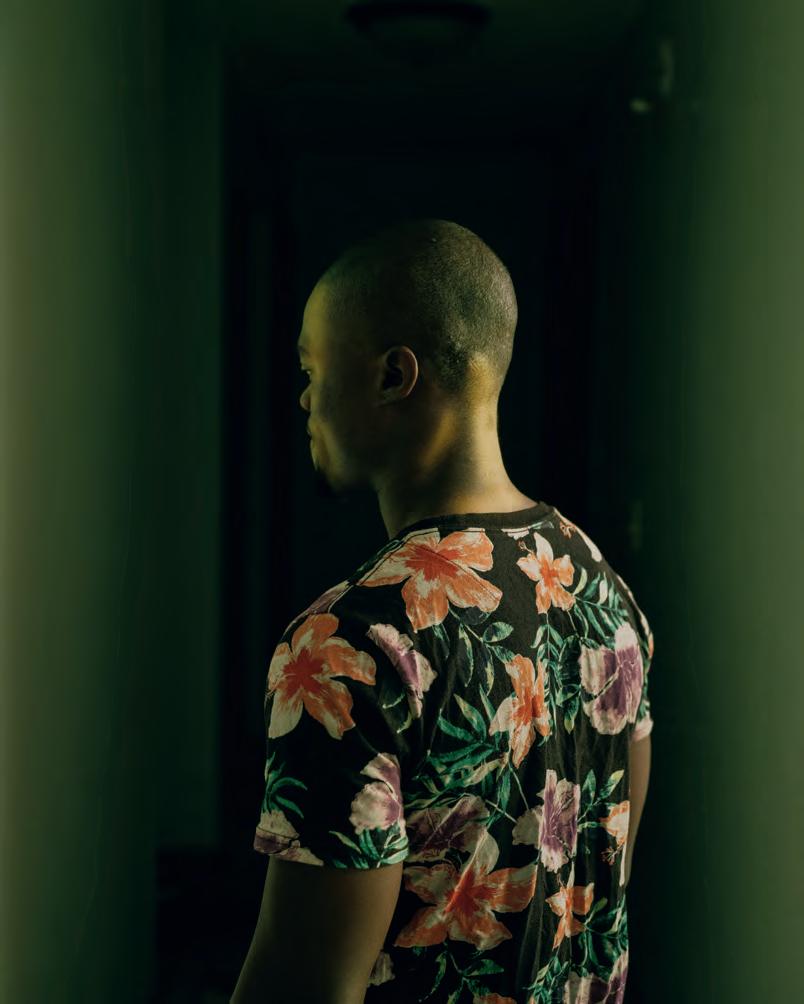
The stories of migrants working in the US meatpacking industry shed light on the lives many migrants lead once they reach their destination. Nationally, immigrants make up 37 percent of the meat industry labor force. During the COVID-19 pandemic, meatpacking plants remained open as they were considered critical infrastructure. The coronavirus spread quickly in an industry where workers operated in close proximity to each other. A study by the US-based Environmental Working Group found that counties with or near meatpacking industries reported twice the national average rate of COVID-19 infection.
An anonymous employee of a Sioux Falls meatpacking plant stands for a portrait at his apartment in Sioux Falls, South Dakota, USA on 6 September 2020. Originally from Eritrea, he moved from a meatpacking plant in Iowa to work in South Dakota. Although he does not like the job, he says he has no other options.


Aye Swaya, a member of the Karen ethnic group, who have experienced persecution from the Myanmar government, is pictured at home in Omaha, Nebraska, USA, on 2 March 2021. She lived in a refugee camp in Thailand, before moving to the US in 2018. At the time of the COVID-19 outbreak she was working in a chicken processing plant in Lincoln, Nebraska, but says she was scared to go to work because so many of her friends became severely ill.
Amjad Farman in Lincoln, Nebraska, USA, on 6 March 2021. Amjad arrived in Lincoln from a refugee camp in Turkey, having fled Iraq to escape the persecution of Yazidi people by the extremist group ISIS. He now works in a chicken processing plant in Lincoln.


Sandra Sibert sits with her husband, James, in the room where she had to stay in isolation with COVID-19, in Sioux Falls, South Dakota, USA, on 7 September 2020. The couple met while working at a meatpacking plant. Sandra has worked at the plant for 15 years. She fell ill on 7 April 2020, and was sick for three weeks.
José sits in his room with his sister Sara, in Sioux Falls, South Dakota, USA, on 6 September 2020. José worked in a meatpacking plant until contracting COVID-19 in April 2020. He was in the hospital on a ventilator for five months, and still uses an oxygen cylinder. Sara also worked at the factory, but left to become a house cleaner. She took care of her brother during his illness.
SAVING FORESTS WITH FIRE
STORTY OF THE YEAR

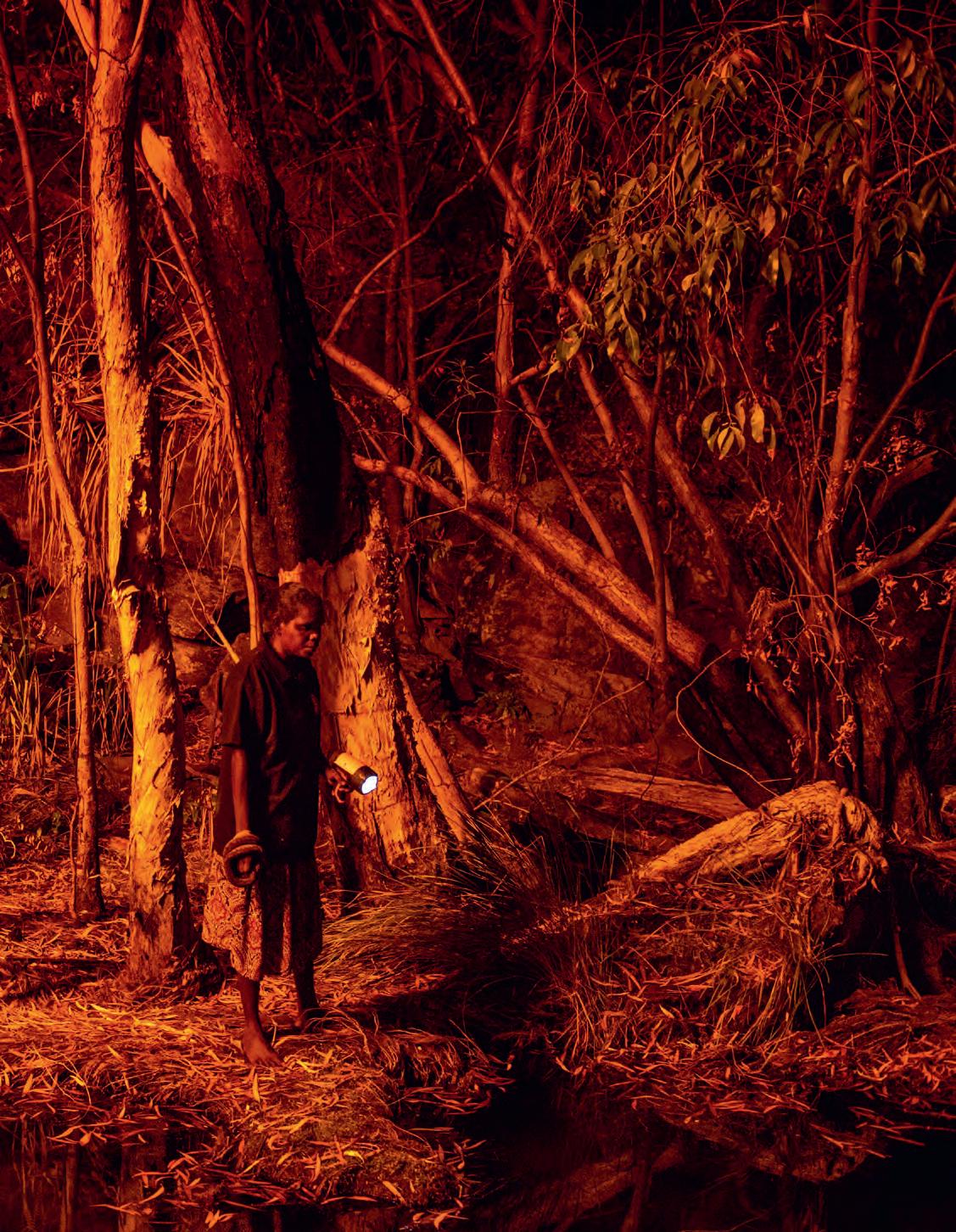
Deeper insight, more understanding
Joumana El Zein Khoury Executive Director, World Press Photo Foundation
When we finalized our new strategy in the summer of 2021, we knew that it was the only way forward for World Press Photo. Our strategy has at its core the importance of awarding and sharing stories from all over the world in a representative, balanced and context-sensitive manner. That belief was based on our brainstorms, expertise, experience, on the lessons we learned, on listening, and advice from many stakeholders, yet we knew that it was ‘theoretical’ until the moment of its actual implementation.
The first big moment of truth in this respect was the 2022 Photo Contest, which brought tens of thousands of entries, and then juries, jury deliberations, and winners. As executive director of World Press Photo, it was exhilarating to see how the new way of working we had arrived at in theory was producing the changes that we were hoping for.
Seeing the manner in which the regional juries were able to read the photos and understand the stories, and the sensitivities and complexities of the multiple layers of context they brought to discussions, was a privilege in itself. It was fascinating to listen in on discussions among
the global jury members as they explained why certain stories, such as a flood in Europe, for example, were exceptional in one region while considered normal in another; or why it is important to understand the different aesthetics, threats, challenges, urgencies and stereotypes that need to be confronted, or which voices need to be heard. These insights into the juries’ considerations offer us an understanding of the particular challenges and opportunities that each region is facing. That is why we asked the regional and global chairs to write a few of their reflections for this Yearbook.
This year was yet again a difficult and dangerous year for many photojournalists. Photographers are increasingly at risk and press freedom is under attack in many parts of the world, from Sudan to Myanmar. The experience of this 2022 World Press Photo Yearbook would not be nearly as rich without the bravery and talent of individuals such as those who took the winning photos. We especially want to celebrate the people who captured the moments that tell us so many significant stories of the past year. Their work has not only made this book possible, it has contributed to a better understanding of our world.
Photographs are a complex experience. They take in a scene, an event, a moment, seen by the photographer and recorded by a camera, then re-experienced by each individual viewer. But images in the news, particularly on social media, are quickly erased by new events and replaced by new images, giving us little time to think in any depth about what is being portrayed.
A book is different. It sits on a table or a bookshelf and asks to be opened. This Yearbook is an in-depth look into photojournalism and documentary photography from all over the world, offering you a different experience that in some way reflects our changing organization. It calls for reflection, for thinking about the bigger picture, asking questions, making connections and observing changes. We hope that this Yearbook will draw you back many times and each time inspire you to look anew.
Africa
N’Goné Fall Chair of the Jury for Africa
What did photographers witness in a territory of 30 million square kilometers in 2021? Protests in the streets of Algeria, Burkina Faso, Cameroon, Libya, Nigeria, Senegal, South Africa, Sudan, Tunisia and Uganda; failed coups in the Central African Republic and Niger; the overturn of governments in Chad, Guinea, Mali and Sudan; war in Ethiopia; volcanic eruption in DRC; flooding in South Sudan; drought in Kenya; famine in Madagascar; the proliferation of forced evictions to pave the way for mining projects; galloping water scarcity. If the African continent once again faced challenging times, photographers on the ground revealed a more nuanced situation, through images capturing disillusionment as well as bravery and hope.
There are ongoing stories that we must by no means forget, as it is our responsibility, collectively, to keep them alive and to urge people never to turn away from the bad and the ugly for the sake of preserving a personal comfort zone. We owe it to those who are giving their lives fighting for fundamental rights, who are not just dreaming of a better world, but who struggle tirelessly to make it happen.
There are stories making headlines that will promptly be erased by other breaking news, as if chaos, trauma and pain were competing to
gain exclusive global empathy. Yet African youth and civil society are not in a transnational competition for the world’s attention. They are simply demanding the irrevocable implementation of equal justice and social change, locally, with or without the assistance of the international community.
There are refreshing stories you may never hear about, which unveiled the panache and extravagance of some African societies, while warmly praising their sense of solidarity. Community-building remains a cherished everyday gesture transmitted, over time, by generations of Africans. And we must celebrate that.
While the members of the jury for Africa – hailing from Algeria, Nigeria, Senegal, South Africa and Sudan – were paying a particular attention to invigorating stories, the disruption of our regional jury meetings by a coup and a police interrogation brought us back to damning realities that we could not deny. Conversations, punctuated by moments of silence, filled our sessions. Silences because, as Africans, we did not need to state the obvious, but always took time to pay tribute to what photographers had to say about a land, too often overlooked, that has so many experiences to learn from.
Winners
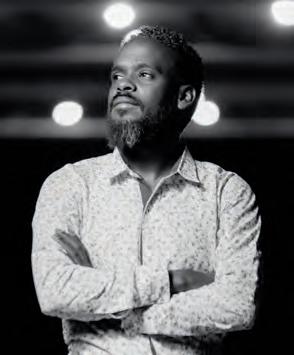
SINGLES
FAIZ
ABUBAKR MOHAMED SUDAN
Faiz Abubakr Mohamed is a photographer based in Khartoum, Sudan. His work has been exhibited internationally and published in The New York Times
–@faizabubak
Jury

N’GONÉ FALL / CHAIR
SENEGAL
N’Goné Fall is an independent curator in cultural policies as well as the author of strategic plans and evaluation reports for national and international institutions. –independent.academia.edu/NGonéFall
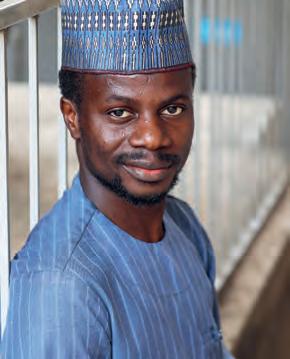
STORIES
SODIQ ADELAKUN ADEKOLA NIGERIA
Sodiq Adelakun Adekola is a photo and video journalist currently based in Abuja, Nigeria. His work centers around human rights abuse, social exclusion, news and documentary stories, with a particular focus on the rights of women and children. –@sodiqadelakun
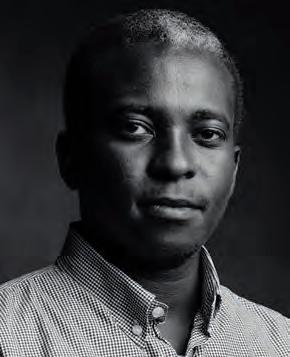
ALA KHEIR SUDAN –
Ala Kheir is a photographer, co-founder of the Sudanese Photographers Group, and founder of The Other Vision (TOV), a photography platform in Sudan. –alakheir.com | @ala.kheir

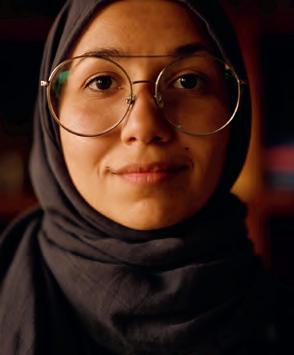
RIJASOLO MADAGASCAR/FRANCE
Rijasolo is a photojournalist and photographer whose work focuses on reportage and corporate projects. He is based in Antananarivo, Madagascar and works as a photographer for Agence France-Presse.
–
rijasolo.com | @rijasolo
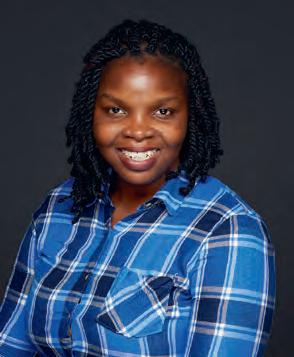
ETINOSA YVONNE NIGERIA –
Etinosa Yvonne is a documentary photographer and visual artist. The focus of her work is the exploration of themes related to the human condition and social justice. –etinosayvonne.me | @etinosa.yvonne
REHAB ELDALIL EGYPT –
Rehab Eldalil is a documentary photographer and visual storyteller based in Cairo, Egypt. Her work focuses on identity, explored through participatory creative practices. –rehabeldalil.com | @rehabeldalil

ZOHRA BENSEMRA ALGERIA –
Zohra Bensemra is the Reuters Chief Photographer for West and Central Africa. She is currently based in Senegal. –@zohrabensemra

JOHN WESSELS SOUTH AFRICA –
John Wessels is the chief photographer in West Africa for Agence France-Presse. He is currently based in Dakar, Senegal. –@johngingerwessels
